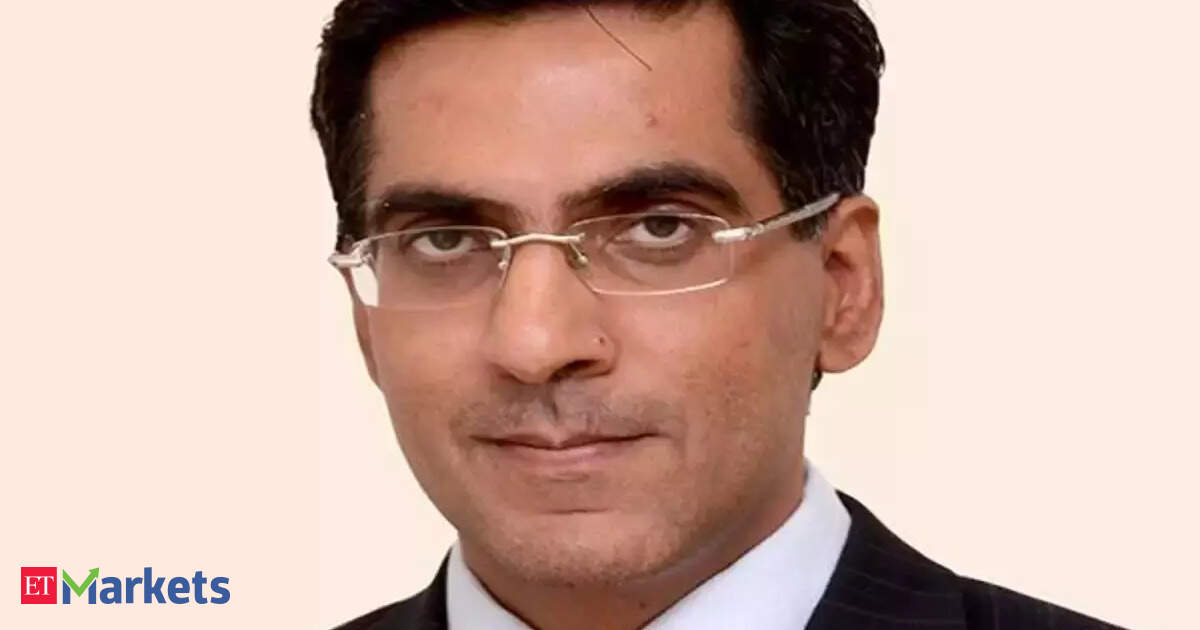Is this the time to put fresh money to work or wait to see what happens on July 9th with tariffs?
Mukul Kochhar: July 9th is the tariff deadline. I do not know whether the market will really react a lot that day, but for India, it is a very critical date. It is not like on that day something is going to break. It just tells you that the rupee and the external are going to have a tough time if we do not sign a reasonable deal. But I would be concerned if we do not get a good deal by July 9th or even an indication that in the next few months, we are getting there.
Outside of that, there is a reasonable probability of getting something with the US done because it is in the interest of both countries to encourage trade between the two nations – both geopolitically and economically – it makes sense. We are assuming that something gets done. Based on that assumption, the market looks pretty okay.
Once you take that assumption into account, the market looks pretty okay. Double-digit growth in FY26, market multiples which are on average at par with the last 10 years numbers despite the fact that the risk-free rate or the interest rates in the economy are lower. Remember as interest rates fall, multiples should be higher. So, despite lower interest rates, multiples are at the same level they have been in the last 10 years and we are expecting double-digit growth. The market momentum is fairly okay. It is just that we want to get past this July 9th deadline without getting hurt.
What about earnings? Can they really comfort us in terms of how the internal macros are shaping up and the health of India Inc?
Mukul Kochhar: When I said the market is looking okay, the first thing I said is that the earnings growth expectation is in double digit. So, you got the right point that if earnings growth does not deliver, then returns would not come. What gives us comfort around earnings is the latest data point which is 4Q earnings. When we annualise the 4Q earnings, which is just multiply them by four, we already account for 98% of the earning expectation for FY26, which means that if there is no sequential growth from here, from 4Q, we will still get to 98% of FY27 earnings, and that is a good space to be in.
So 4Q earnings give us good visibility into growth in FY26 and that is why we are saying we will get double digit – 10% plus growth because the fourth quarter of FY25 was very strong and that is essentially the confidence of earnings and our expectation that the market should do pretty okay.
You were highlighting that government capex is making a comeback. But of late, nobody is talking about the PSUs and especially post the Covid runup, most of these stocks now seem to be taking a breather barring defence and railway packs. How do you see PSUs as a basket and why is there a reduced optimism or enthusiasm around them right now?
Mukul Kochhar: Broadly you are right. They have taken a breather and that is very normal for markets. They run up and then people re-evaluate, there is some profit taking and stocks consolidate. Let us talk about PSU banks, which I mentioned just now. On a fundamental basis, these stocks are trading at five to six times earnings, despite delivering very healthy return on equity of 15-16%, growing at 10%. So any person punching those numbers for a fundamental valuation will say these stocks are very cheap.
However, the concern is that people have booked profit, the market is taking a breather and people are expecting near-term earnings in these stocks may be challenged. On a fundamental basis, these stocks are very attractive. The PSU pack in general over the last seven-eight years has seen an improvement in governance structures substantially, which means that the historical benchmarks of valuation should be re-evaluated by the market.
That re-evaluation will happen slowly. Some of these stocks, maybe defence stocks, are very expensive. But in other sectors like financials, we should definitely take a relook based on pure fundamental valuation.Coming back to your sectoral view, you did say you were negative on consumer staples. What about other subsectors in the entire consumption basket, maybe autos, maybe retail, QSR? Anything from that end looking good?
Mukul Kochhar: So, all three of these sectors that you mentioned in the consumer basket have their own dynamics. So, first of all, just broad consumer goods. Consumer staples in India is a very well discovered sector. We are a $4 trillion economy, 62% of which is consumption. So, the staple consumption company in India fully scaled. They are large companies by any measure globally. On that base, expecting very high growth is unreasonable and that growth expectation has to come down and as that growth expectation comes down, the multiples that we pay of 40-50 times will be re-examined by the market.
So, it is a combination of just companies scaling and the market moving away from consumption to savings. Being companies and high multiples may make them unattractive. However, unlike consumer staples, the base of discretionary consumption is very low. We expect a discretionary consumption basket itself. India is growing at 10% plus. So, that discretionary consumption part of the market is very attractive. So, we have to look at the dynamics of each sector.
For example, retail is still very positive because nothing is really taking away from retail as people are consuming more, those companies are benefiting high growth companies. Autos have their own dynamics. But I get attracted to the fact that these companies are exceptionally well-run, especially two-wheeler companies and the multiples are reasonable. QSR is having its own issue because discretionary consumption in eating out is increasing, but all that growth is being taken away by Swiggy and Zomato. So, QSR itself is seeing lower growth because growth is happening elsewhere even as the category is expanding. All three categories are expanding, but stocks have their own dynamics.








